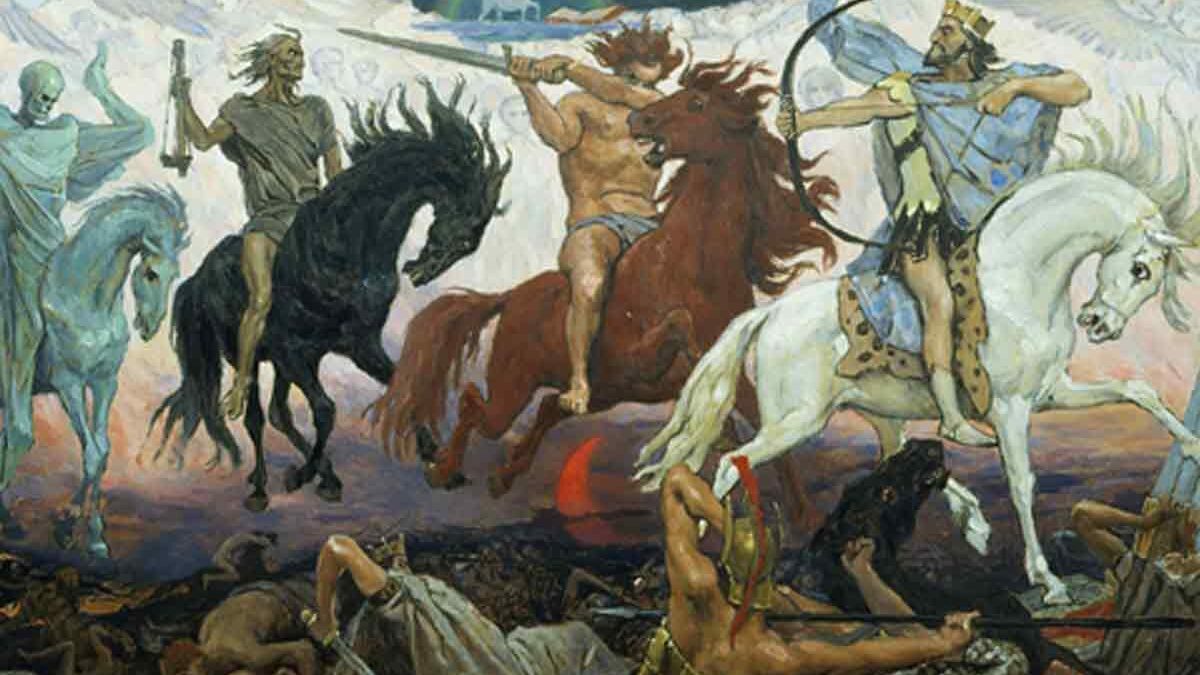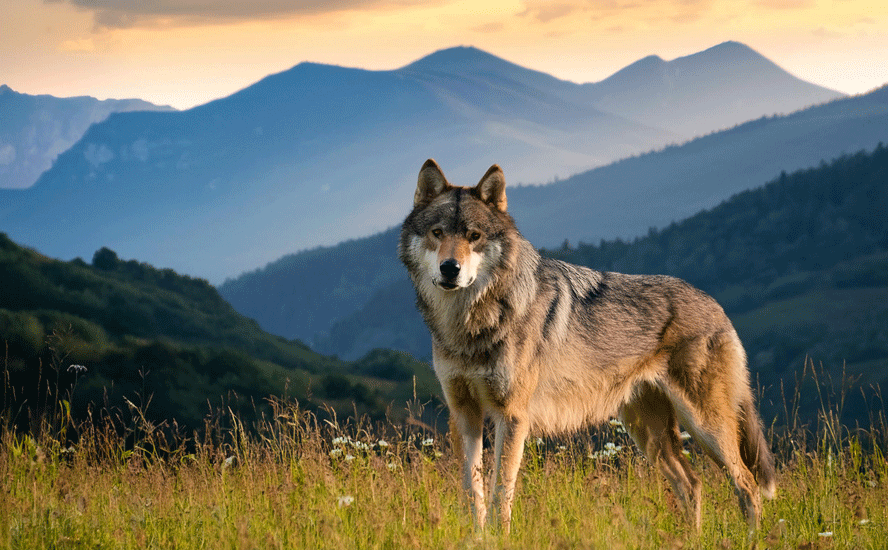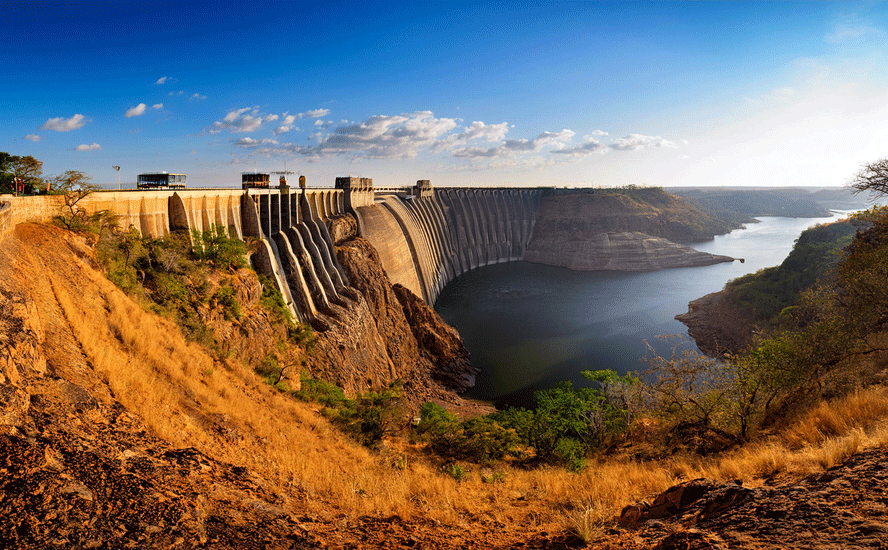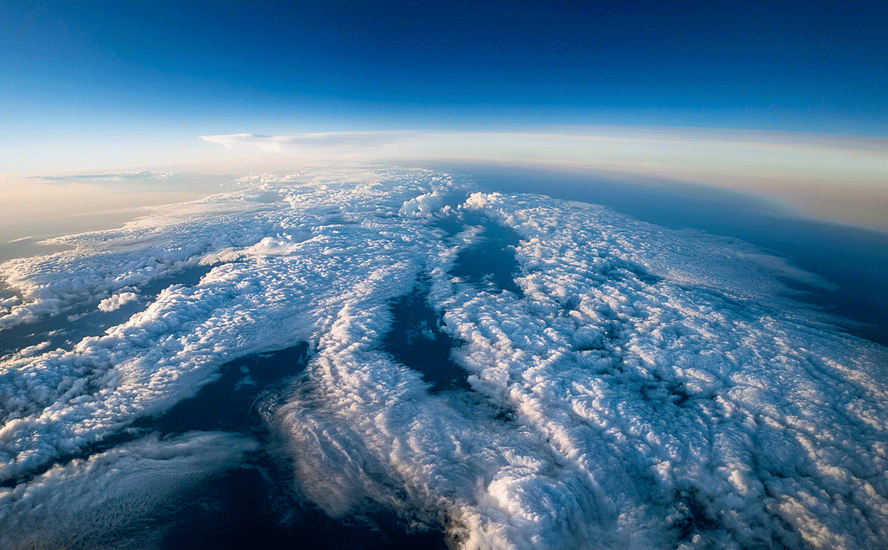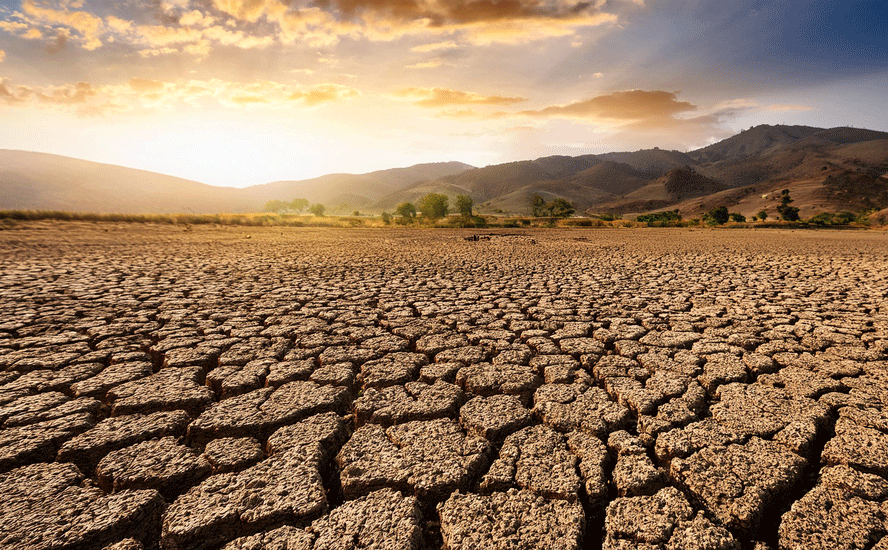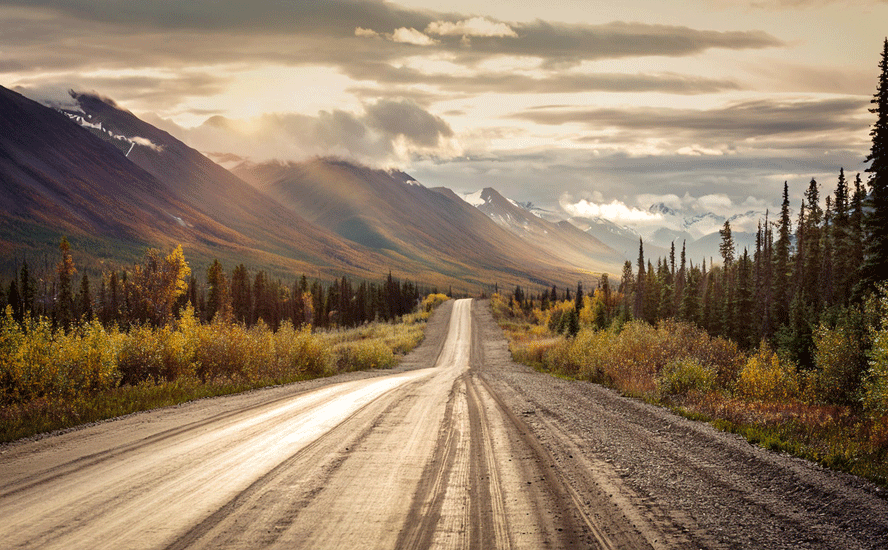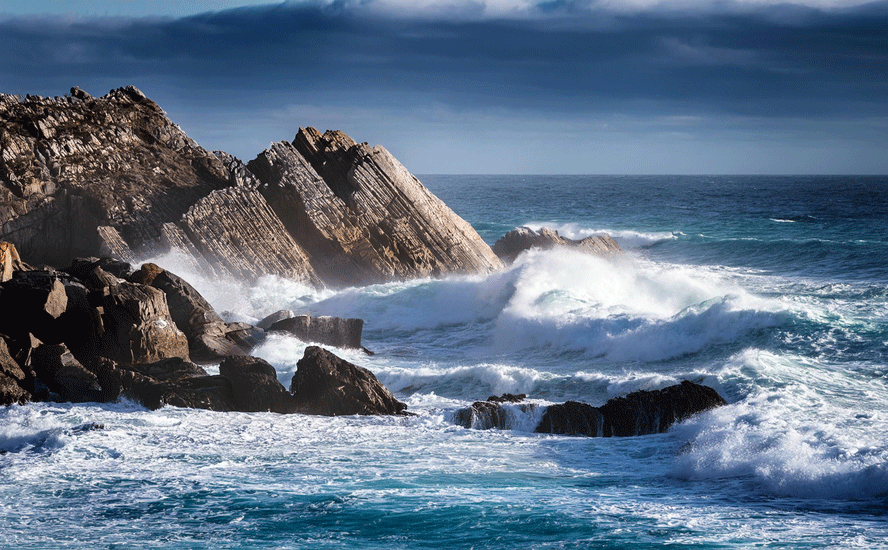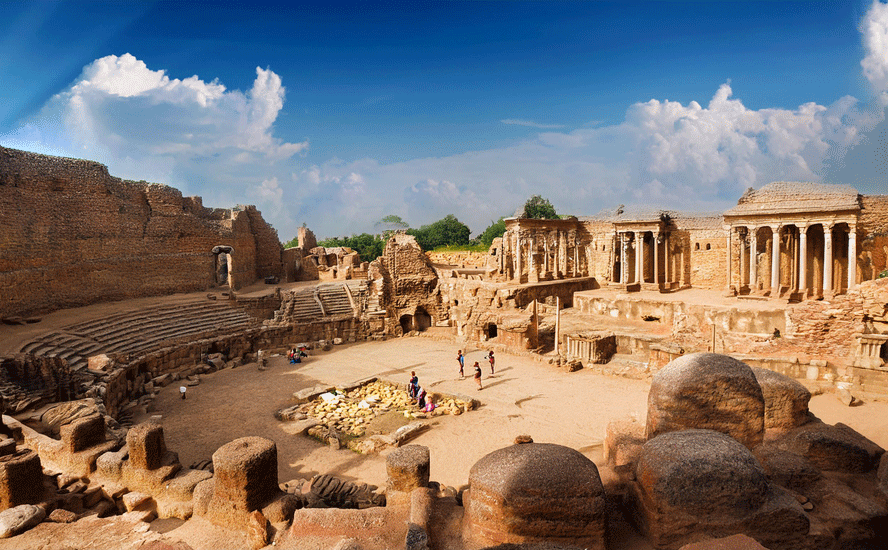Drought, Food, Water, Fire: 4 Horsemen of the Apocalypse stalk western provinces and states
2021.08.18

It was hard to believe the wildfire situation in British Columbia could get any worse. And then it did.
Last weekend, ferociously burning fires fanned by winds approaching 60 km/h chewed through rain-deprived pine forests, putting the towns of Armstrong and Merritt on high alert.
Hundreds of properties were evacuated and several highways closed throughout the Okanagan, including the main feeder route from the Lower Mainland to the Interior, the Coquihalla Highway between Merritt and Hope. (as of Monday evening the “Coke” was still closed)
The whole community of Armstrong, about 75 km north of Kelowna, was told to be ready to leave their homes within minutes notice, as the White Rock Lake fire blazed about 20 km outside the town of 5,000.
That fire, which has also been encroaching on properties on the west side of Okanagan Lake between Kelowna and Vernon, is currently burning out of control and estimated at about 622 square kilometers, CBC News reported.
BC Wildfire Service said wind gusts reaching up to 60 kilometers per hour saw flames jump containment lines in multiple areas.

On Sunday the Central Okanagan Emergency Center declared a state of emergency due to Mount Law, a fast-moving new forest fire that started near Highway 97C, the Coquihalla Connector that runs between West Kelowna and Merritt. The COEC later declared an evacuation order for dozens of properties in the immediate area.
The City of Kamloops issued an evacuation alert for 734 properties threatened by the rapidly expanding Tremont Creek fire, which also led to the evacuation of the district of Logan Lake and the nearby Highland Valley copper mine.
Meanwhile the entire town of Merritt, located four hours northeast of Vancouver, was also put on evacuation alert due to the Lytton Creek blaze.
There are currently 265 active forest fires in British Columbia, with just under 7,000 square kilometers of land burnt — about four times greater than the 10-year average of 1,770 km2.

This fire season is definitely among the worst on record, but it still has a ways to go to match 2017, when 12,000 square kilometres of land in British Columbia was charred, and 2018, when 13,500 square kilometres got scorched.
And while BC may be generating the most dramatic headlines, such as the town of Lytton completely destroyed by forest fire the day after setting Canada’s heat record of 49.6 C, other western provinces are having their share of trouble, too.
Last Saturday a large grass fire along the Trans Canada Highway near Canmore, Alberta temporarily closed the section east of Dead Man’s Flats. As of Monday there were 39 wildfires burning in Alberta’s forest protection areas. The fire danger is rated high in much of the province, with nearly 53,000 hectares burnt so far this summer.

Neighboring Saskatchewan currently has 104 active fires out of 557 that have burned so far this year, more than double the five-year average of 265. The prairie province leads the country in terms of area considered to be extreme fire risk, depicted in pink on the map below.

Scorching temperatures are an obvious culprit, with at least 22 Saskatchewan communities having a July that ranked among their top five hottest on record, reported Winnipeg-based firm Weatherlogics, via CBC.
Fires and smoky skies have also plagued Manitoba, with roughly 430 wildfires compared to the average 370 for this time of year. The Canadian military reportedly deployed 86 soldiers in July to help fight forest fires in eastern Manitoba.
The fire situation south of the border is equally if not more dire. Smoke from fires burning in Oregon and Washington is wafting northward to British Columbia and Alberta, making the source of the stinky haze difficult to identify.
According to scientists, climate change has made the US West warmer and drier over the past 30 years and will continue to make the weather more extreme and wildfires more destructive.
The Associated Press reported on Sunday that roughly 21,000 firefighters have boots on the ground tackling large blazes throughout the western US, including over 6,000 at the month-old Dixie wildfire in California alone. That fire has already destroyed more than 1,000 homes and businesses, with nearly 15,000 structures still under threat.
Like in British Columbia, crews in California have been battling high winds, with gusts up to 80 km/h last Saturday pushing flames closer to Janesville, population 1,500. It’s also been hot, with temperatures topping 38 degrees C.
According to CNBC, The Dixie Fire was the largest among more than 100 big blazes burning in more than a dozen states in the West, a region seared by drought and hot, bone-dry weather that turned forests, brushlands, meadows and pastures into tinder.
The U.S. Forest Service said Friday it is operating in crisis mode, fully deploying firefighters and maxing out its support system.
The roughly 21,000 federal firefighters working on the ground is more than double the number of firefighters sent to contain forest fires at this time a year ago, said Anthony Scardina, a deputy forester for the agency’s Pacific Southwest region.
More than 6,000 firefighters alone were battling the Dixie Fire, which has ravaged nearly 867 square miles (2,246 square kilometers) — an area the size of Tokyo. It was 31% contained on Sunday…
Smoke also drove air pollution levels to unhealthy or very unhealthy levels in parts of Northern California, Oregon and Idaho.
Of course, the wildfires destroying hundreds of square kilometers of forest and endangering the lives and properties of so many Canadians and Americans, are the product of hot weather and droughts, which create the perfect conditions for fires, either human- or lightning-caused, to be sparked. A lack of rain and high winds often pile on, hampering efforts to contain the fires and facilitating their spread.
Probably the most dramatic example of an area in perpetual drought is the southwestern United States. The current dry stretch started in 2000 and hasn’t let up, putting it second only to a highly arid period in the last 1500s. Red areas are extreme drought, brown areas show exceptional drought.

Last week the Colorado Sun reported that the Colorado River is drying up faster than officials can keep track and that mandatory cuts are looming.
Water levels in the river are so low, power generation could be affected. At Lake Mead, the Colorado River reservoir serving the Hoover Dam fell to 1,068 feet in July, the lowest it’s been since the 1930s when the dam was constructed. The federal government this month is expected to declare a water shortage on the Colorado River for the first time, triggering cutbacks in water allocations to surrounding states.
A report based on June runoff conditions shows both the Lake Powell and Lake Mead reservoirs are fast deteriorating towards “dead pool” status, where the stored water is so low it can’t spin the hydroelectric turbines.
Arizona is expected to lose up to 500,000 acre-feet of water as early as 2022, forcing significant reductions to irrigated farmland, likely causing large swaths of land to go fallow.
According to the Colorado Sun, with snowpack runoff being absorbed by parched ground before it reaches the reservoirs, engineers calculate a 79% chance Lake Powell will fall below its minimum water height of 3,525 feet next year.
The situation at Lake Mead is even worse. Temperatures that hit over 115 degrees Fahrenheit in July caused above-normal evaporation, prompting the level to fall, as mentioned, to 1,068 feet. A “shortage condition” is triggered at 1,075 feet and the minimum height for power generation is 1,000 feet, the chances of which are now 58% by 2025, according to the Bureau of Reclamation’s report.
The level has fallen 132 feet since the 1,200-foot level reached in 2000, which was only nine feet below its maximum.
The so-called “bathtub ring” around Lake Mead, pictured in the Colorado Sun story, is now about 140 feet high, the lowest level the reservoir and its counterpart Lake Powell have been since they were filled in the 1930s.

Major water restrictions are expected in both the Lower Basin states — Arizona, Nevada and California — and the Upper Basin’s Colorado, New Mexico, Utah and Wyoming.
There is a saying that, “So goes Russia’s wheat harvest, so goes the wheat market.” In 2010, drought conditions were so bad, the Kremlin banned all grain exports as millions of acres of Russian wheat withered. Eleven years later, a large cut in the wheat harvest due to hot and dry weather in southern Russia means less supply (global wheat inventories are at a 5-year low), with benchmark Chicago wheat prices recently hitting their highest levels since 2013.
According to the US Department of Agriculture’s supply and demand report, US corn and soybeans yields have fallen below expectations, with declines centered in the northern Plains where severe drought has ruined crops.
Grain and oilseed futures rose to a near-decade high earlier this year, with December corn futures up more than 2% last week on the Chicago Board of Trade.
Beyond the United States, dry weather is affecting the production of important Brazilian crops including coffee, corn, sugarcane and oranges. Yields for the corn crop could hit a five-year low and coffee production this year is forecasted to drop as much as 30% below normal levels.

The misery visited on multiple crops this summer can only mean one thing: food inflation.
According to Zero Hedge, with grain and soybean prices elevated for months, the higher costs should start to filter through the supply chain, pointing to higher prices for feed, seed, fertilizer, food and other goods.
This report means that adverse weather conditions are another driver of food inflation that shows no signs of stopping.
The US Department of Agriculture reports that so far in 2021, grocery prices have increased 1.6% compared to the same period last year, while the prices of restaurant meals and takeaways have risen 2.8%. The CPI for all food has crept up by an average 2.1%. Of all the grocery prices tracked by the USDA, the fresh fruits category saw the largest price increase, 5%, whereas fresh vegetables were the smallest at just +0.4%.
Statistics Canada, via CTV News, says two breakfast “staples”, coffee and peanut butter, have gone up a respective 17% and 6% since January. Canada’s Food Price Report predicts that prices will increase 5% this year, adding almost $700 to the average Canadian family’s grocery bill.
Like farmers elsewhere, Canadian growers are witnessing unprecedented drought conditions. CBC News quotes John Pomeroy, Canada research chair in water resources and climate change at the University of Saskatchewan, saying that this year’s drought is the worst the Prairies have ever recorded and the worst ever in Canada.
It follows multiple consecutive years of below-normal precipitation.

Farms in southern Saskatchewan have only received about 50 millimeters of rain this year compared to about 190mm in normal years, affecting yields. Lentil production is expected to drop by 75%. Over half the province’s land is currently very short on moisture. Cropland topsoil moisture is rated 8% adequate, 39% short and 53% very short. Hay yields are expected to be well below normal and Sask Ag says most producers are unsure if there will be a second cut.
The hay shortage is so widespread, it could result in a long-term reduction in the size of the Canadian cattle herd. Ranchers across the country are telling the Canadian Cattlemen’s Association they may have to sell up to 40% of their herds before winter because they won’t have enough food for them. That means they will have no means to produce animals next year and in future years.
“This fall, this next five to six months, is going to be dramatic with the number of cows, unfortunately, that are going to come to town and the only place for them to go is to slaughter,” Global News quoted Bob Balog with Balog Auction Services in Lethbridge.
In some parts of the country, the hot and dry conditions have led to an infestation of grasshoppers that, combined with a lack of rain, has led to municipalities in Alberta, Saskatchewan and Manitoba declaring states of agricultural disaster.
“This is considerably worse than what we’ve seen in recent memory,” the executive director of the Grain Growers of Canada, told Global News. “The drought conditions have increased pest pressures and we see challenges now across the Prairies with grasshoppers. Farmers are having to make difficult choices to either invest in pest control or cut their losses.”
A professor at the University of Lethbridge explained to CBC News how, when the weather hits 30 degrees, a grasshopper’s body temperature shoots up, allowing it to grow faster and produce more eggs. In parts of southern Alberta, the infestation is so bad it’s forcing some residents to stay indoors.

Significantly lower, or ruined crops are a reminder of resource scarcity in an age of climate change and increasing competition for food, energy (oil & gas, coal, uranium) and minerals. History teaches us that when food production plummets and prices jump, social problems often follow. The Arab Spring of 2010 was in part a result of skyrocketing bread prices in Egypt and Tunisia. The civil war in Syria has among its antecedents an agricultural collapse that forced many rural citizens into crowded cities, where drought and unemployment pushed people towards revolution.
The world’s population is expected to reach 9.7 billion by the year 2050 and 10.9 billion by 2100.
It’s estimated that to feed that number of people, global food production will need to increase from 25% to 70%.
The Earth might be big enough for the current 7.8 billion or even the 10 billion as Norman Borlaug, the father of the Green Revolution, believed. But the time is quickly coming when our sheer numbers will demand more than the planet can possibly supply.
According to the Global Footprint Network (GFN) July 29 was Earth Overshoot Day 2021 — the day when humanity exhausted its ecological budget, when our consumption exceeded the environment’s renewable capacity for the entire year.
As the graphic below shows, Earth Overshoot Day is coming earlier and earlier each year, gradually moving from December 30 in 1970 to July 29 this year, according to GFN, via Zero Hedge.
They predict that by 2030, Earth Overshoot Day will be in June – meaning it will take two entire Earths to sustain our species’ consumption.

Conclusion
Death. Famine. War. Conquest. The Four Horsemen of the Apocalypse described in Christian mythology are admittedly not the same as our four in this article (Drought, Water, Food, Fire), but the nightly news images of this summer’s weather are equally apocalyptic.
Climate change is providing an unexpected price floor for agricultural commodities. Droughts in the breadbaskets of the world including the United States, Russia and Brazil are to blame for lowering crop yields and fueling food inflation.
A 2017 research paper found that each degree Celsius increase on average reduces global yields of wheat by 6%, rice by 3.2%, maize by 7.4% and soybeans by 3.1%. These foods provide two-thirds of human caloric intake.
A new study showed more than a fifth of global food output growth has been lost to climate change since the 1960s, putting an estimated 34 million people on the brink of famine.
According to United Nations data, food prices have risen for all but one of the past 13 months and now stand at their highest levels since 2011.

While many including the US Federal Reserve are calling the current bout of inflation “transitory” (July CPI is 5.4%) we disagree. Structural supply deficits in a number of metals, climate change, the global trend to electrify and decarbonize, and resource nationalism are all permanent fixtures of the global economy. Inflation is therefore going to continue so you had better be prepared for scarcity, insecurity of supply and much higher prices.
Richard (Rick) Mills
aheadoftheherd.com
subscribe to my free newsletter
Legal Notice / Disclaimer
Ahead of the Herd newsletter, aheadoftheherd.com, hereafter known as AOTH.
Please read the entire Disclaimer carefully before you use this website or read the newsletter. If you do not agree to all the AOTH/Richard Mills Disclaimer, do not access/read this website/newsletter/article, or any of its pages. By reading/using this AOTH/Richard Mills website/newsletter/article, and whether you actually read this Disclaimer, you are deemed to have accepted it.
Any AOTH/Richard Mills document is not, and should not be, construed as an offer to sell or the solicitation of an offer to purchase or subscribe for any investment.
AOTH/Richard Mills has based this document on information obtained from sources he believes to be reliable, but which has not been independently verified.
AOTH/Richard Mills makes no guarantee, representation or warranty and accepts no responsibility or liability as to its accuracy or completeness.
Expressions of opinion are those of AOTH/Richard Mills only and are subject to change without notice.
AOTH/Richard Mills assumes no warranty, liability or guarantee for the current relevance, correctness or completeness of any information provided within this Report and will not be held liable for the consequence of reliance upon any opinion or statement contained herein or any omission.
Furthermore, AOTH/Richard Mills assumes no liability for any direct or indirect loss or damage for lost profit, which you may incur as a result of the use and existence of the information provided within this AOTH/Richard Mills Report.
You agree that by reading AOTH/Richard Mills articles, you are acting at your OWN RISK. In no event should AOTH/Richard Mills liable for any direct or indirect trading losses caused by any information contained in AOTH/Richard Mills articles. Information in AOTH/Richard Mills articles is not an offer to sell or a solicitation of an offer to buy any security. AOTH/Richard Mills is not suggesting the transacting of any financial instruments.
Our publications are not a recommendation to buy or sell a security – no information posted on this site is to be considered investment advice or a recommendation to do anything involving finance or money aside from performing your own due diligence and consulting with your personal registered broker/financial advisor.
AOTH/Richard Mills recommends that before investing in any securities, you consult with a professional financial planner or advisor, and that you should conduct a complete and independent investigation before investing in any security after prudent consideration of all pertinent risks. Ahead of the Herd is not a registered broker, dealer, analyst, or advisor. We hold no investment licenses and may not sell, offer to sell, or offer to buy any security.
Legal Notice / Disclaimer
Ahead of the Herd newsletter, aheadoftheherd.com, hereafter known as AOTH.Please read the entire Disclaimer carefully before you use this website or read the newsletter. If you do not agree to all the AOTH/Richard Mills Disclaimer, do not access/read this website/newsletter/article, or any of its pages. By reading/using this AOTH/Richard Mills website/newsletter/article, and whether you actually read this Disclaimer, you are deemed to have accepted it.

